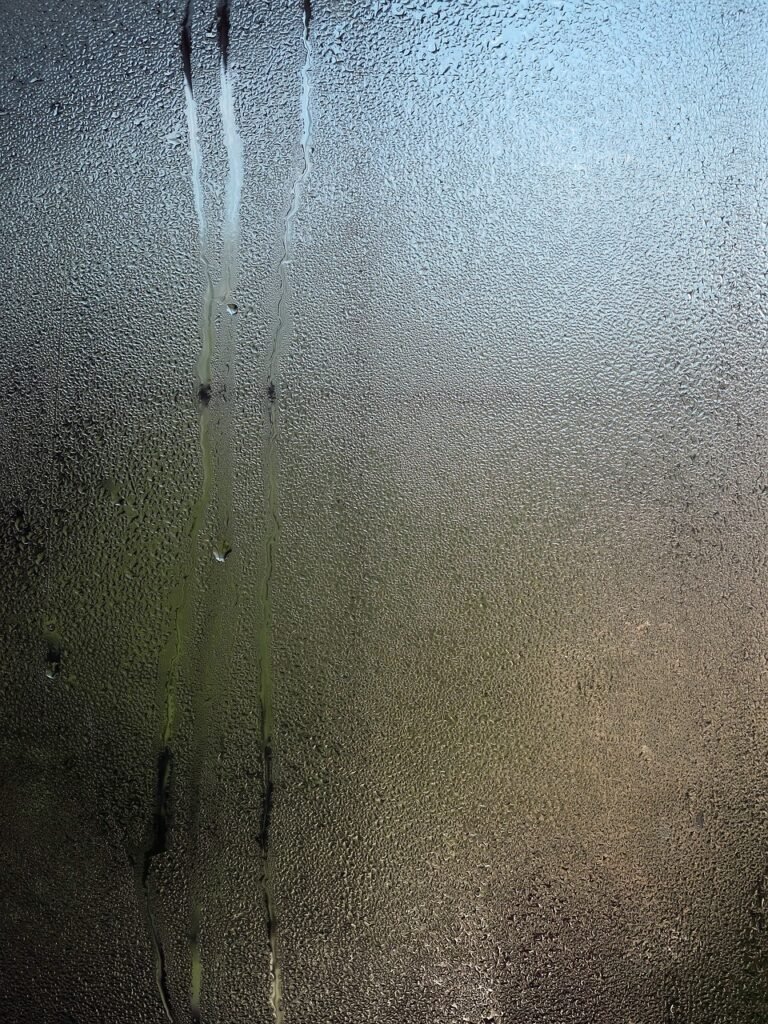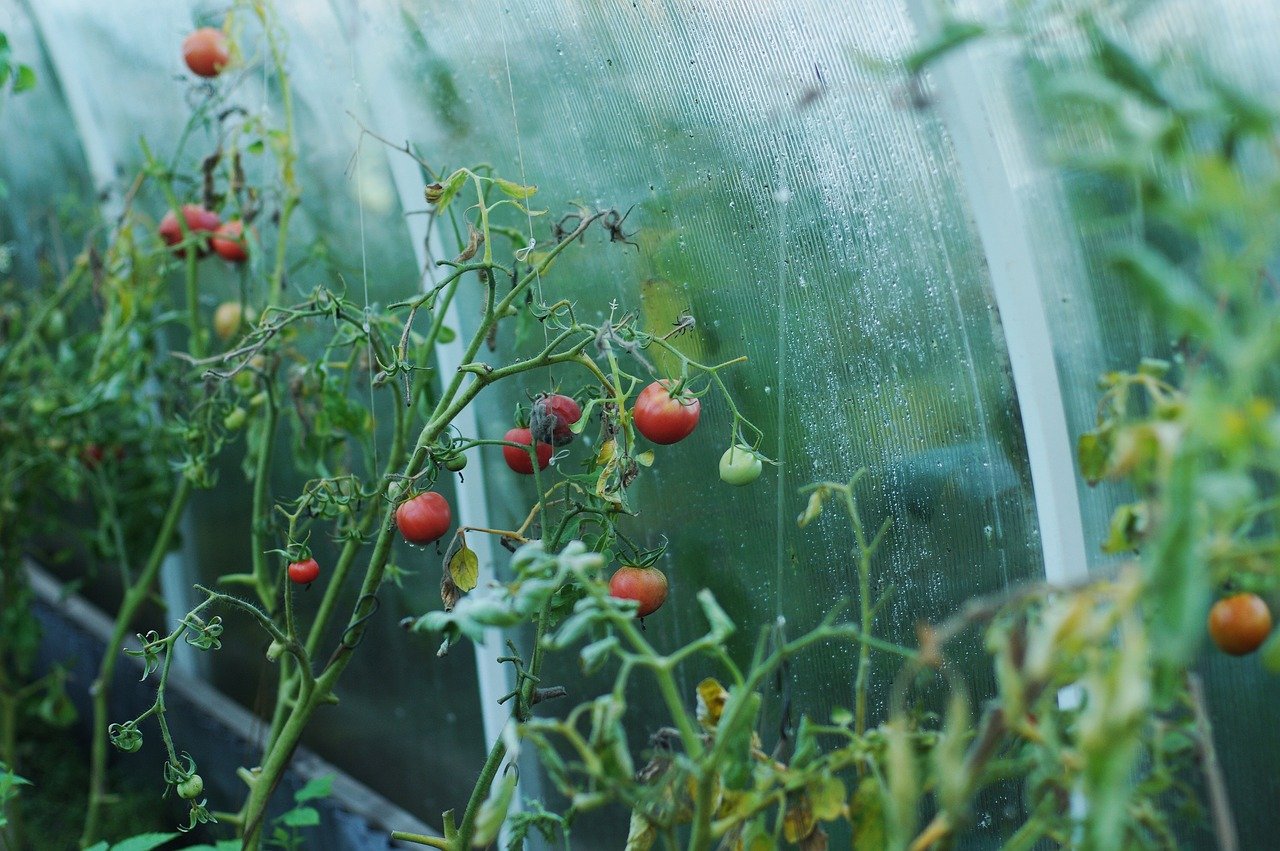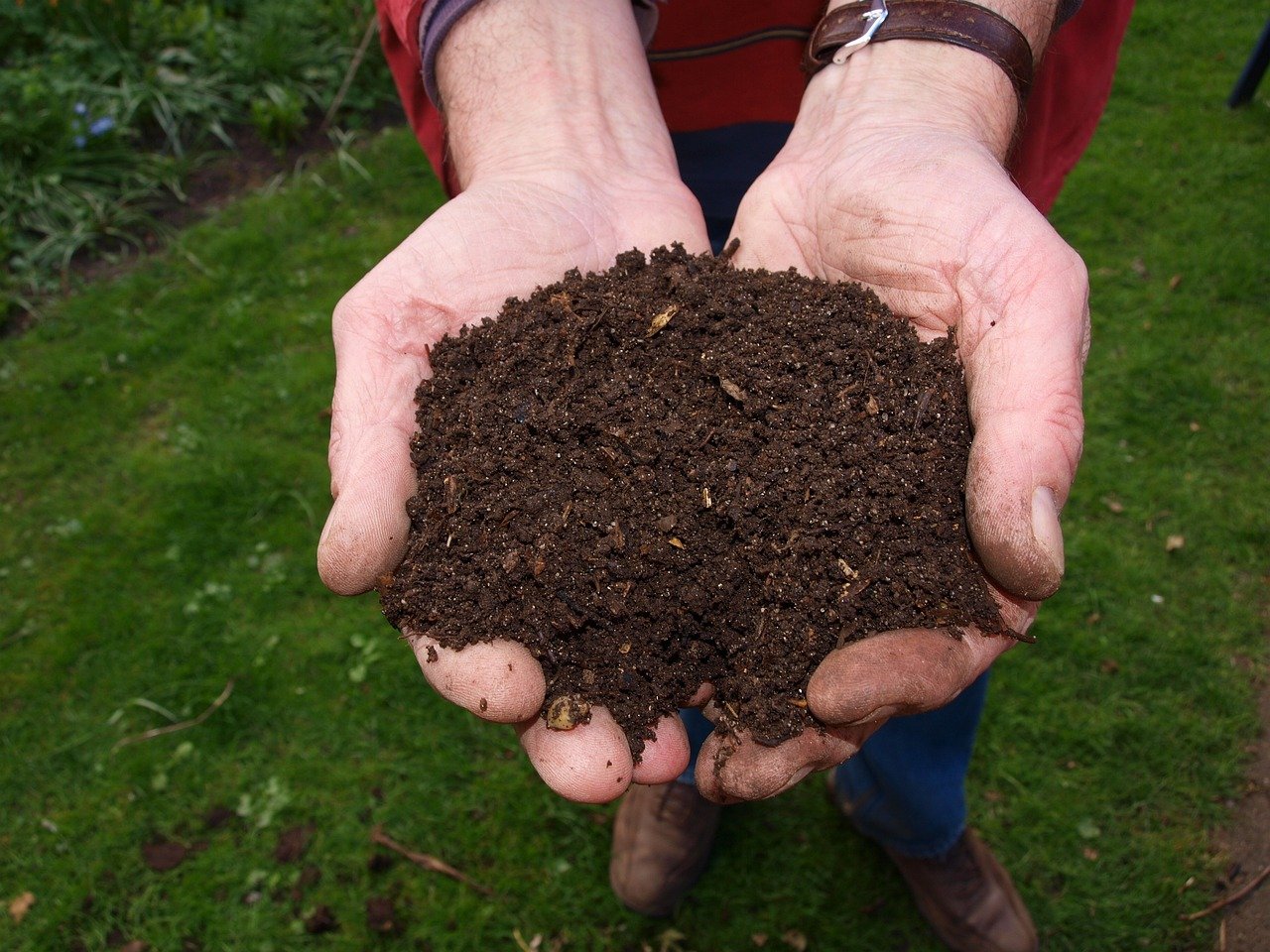
Intro
If you’re a gardening enthusiast looking to extend your growing season, then cold frame gardening might just be the solution you’re looking for. Building a cold frame for gardening is a simple yet effective way to protect your plants from frost and chilly winds. In this blog post, we’ll discuss the art of cold frame gardening, its benefits, how to design and maintain one, plant selection, and some tips and tricks to make the most of your cold frame gardening experience.
Understanding Cold Frame Gardening

Cold frame gardening is a time-tested technique that dates back to the Roman era. The method involves creating a low structure that captures the sun’s heat and creates a microclimate that shields plants from harsh weather conditions. This technique can be used to extend the growing season, enabling gardeners to begin planting earlier in the spring and continue growing crops into the fall and even winter. Cold frame gardening is a cost-effective and low-maintenance alternative to a traditional greenhouse, making it an excellent option for beginner gardeners or those with limited space or resources.
Cold frames can be constructed from a range of materials, including wood, bricks, concrete blocks, and PVC pipes. They can also be customized to fit any garden space or preference. The design of the cold frame is critical and should include a sloping roof that maximizes the amount of sunlight captured. Additionally, the cold frame should be orientated facing south to capture the most sunlight possible.
The benefits of cold frame gardening are numerous. They provide an optimal environment for growing plants while protecting them from pests and diseases, reducing the need for pesticides and herbicides. Cold frames can also provide gardeners with an abundance of fresh produce, reducing the need to purchase expensive store-bought vegetables. Furthermore, this method is ideal for gardeners who prefer organic produce, as it provides a natural and pesticide-free method for growing fruits and vegetables.
The Benefits of Cold Frame Gardening

Cold frame gardening offers numerous benefits to gardeners, making it an attractive alternative to traditional gardening methods. One significant benefit is that it extends the growing season, allowing gardeners to start planting earlier in the spring and continue growing crops into the fall and winter. This not only provides an abundant supply of fresh produce but also helps save money on grocery store purchases. Furthermore, a cold frame protects plants from harsh weather conditions and pests, reducing the need for pesticides and herbicides.
Another advantage of cold frame gardening is its cost-effectiveness and low-maintenance requirements. Cold frames can be constructed using a variety of materials, making them affordable and accessible to gardeners of all budgets and skill levels. They also require minimal upkeep, with regular watering and fertilizing being the only necessary tasks.
Cold frame gardening is also environmentally friendly and sustainable. It provides a natural and pesticide-free method for growing fruits and vegetables, promoting a healthier and more sustainable approach to food production. Additionally, the ability to grow crops year-round reduces the need for food transportation, thereby reducing carbon emissions and supporting local food systems.
In summary, cold frame gardening offers a host of benefits to gardeners, including extended growing seasons, protection from harsh weather and pests, cost-effectiveness and low maintenance, and environmental sustainability. By utilizing this time-tested gardening technique, gardeners can enjoy a bountiful supply of fresh produce while promoting a healthier and more sustainable food system.
Choosing the Right Materials for Building a Cold Frame

When building a cold frame for gardening, choosing the right materials is crucial for creating a durable and effective structure. Wood is a popular choice due to its affordability and ease of use, but it’s important to select a rot-resistant wood like cedar or redwood to ensure longevity. Alternatively, bricks, concrete blocks, or stones can provide a sturdy and durable option for your cold frame. If you’re on a tight budget, PVC pipes and plastic sheeting can also be used, but they may not last as long as other materials and may require replacement over time.
Another consideration is the type of glazing material used for the lid. Options include glass, acrylic, or polycarbonate, which all provide varying levels of insulation and durability. Glass is a traditional option that provides good insulation and durability, but it can be heavy and breakable. Acrylic is a lightweight and shatter-resistant option but may not provide as much insulation as glass. Polycarbonate is a strong and durable option that provides excellent insulation but may be more expensive.
When choosing materials for your cold frame, consider factors such as your budget, climate, and personal preference. It’s important to choose materials that will provide adequate insulation and durability while fitting within your budget. Keep in mind that a well-built and well-maintained cold frame can last for many years and provide a bountiful harvest of fresh produce.
Designing Your Cold Frame

When designing your cold frame, there are several factors to consider to ensure its effectiveness. First, determine the size of the structure based on the plants you plan to grow and your available garden space. The ideal shape is a rectangle with a sloping roof to maximize the amount of sunlight captured. Also, consider the orientation of the cold frame – facing it south is the best way to capture the most sunlight possible. This also means that you should place the cold frame in an area that gets at least six hours of sunlight per day and is sheltered from strong winds.
Another essential aspect of designing your cold frame is selecting the materials. As mentioned earlier, wood is a popular choice, but it is essential to choose rot-resistant types like cedar or redwood for longevity. Alternatively, bricks, concrete blocks, or stones provide a sturdy and durable option for your cold frame. When selecting the glazing material, consider the insulation and durability provided by glass, acrylic, or polycarbonate. Keep in mind that you should choose materials that fit within your budget and provide adequate insulation and durability.
It is also crucial to install a lid that can be propped open for ventilation on warmer days. This is important to prevent overheating and ensure that your plants receive sufficient fresh air. You can use a simple stick or prop to hold the lid open, or install an automatic opener that operates based on temperature or humidity.
Lastly, you can also consider using a cold frame cover to protect your plants from pests and diseases. These covers can be made from a range of materials, including insect netting, row cover, or plastic sheeting. They can also be easily removed and replaced as needed, providing an additional layer of protection for your plants.
By considering these factors when designing your cold frame, you can create a structure that effectively protects your plants from harsh weather conditions, extends the growing season, and provides an abundance of fresh produce.
Placement and Maintenance of Your Cold Frame

When choosing a location for your cold frame, it is important to consider factors such as sunlight, wind, and drainage. Choose a spot that receives at least six hours of sunlight per day and is sheltered from strong winds. Ensure that the ground is level and well-draining to prevent waterlogging, which can be detrimental to plant health. When positioning your cold frame, orient it facing south to capture the most sunlight possible.
Maintaining your cold frame is relatively easy, but it does require some attention to ensure optimal growing conditions. Monitor the temperature inside your cold frame regularly and open the lid on warmer days to prevent overheating. You can use a thermometer to track the temperature inside the cold frame and adjust the lid accordingly. It is important to water your plants regularly to prevent them from drying out, and fertilize them as needed to promote healthy growth.
You may also want to consider using a cold frame cover to protect your plants from pests and diseases. Covers can be made from a range of materials, including insect netting, row cover, or plastic sheeting. They provide an additional layer of protection for your plants and can be easily removed and replaced as needed. Lastly, don’t forget to clean your cold frame periodically to prevent the buildup of debris or pests. By properly placing and maintaining your cold frame, you can ensure a bountiful harvest of fresh produce.
Plant Selection for Cold Frame Gardening

When it comes to plant selection for cold frame gardening, the possibilities are endless. Leafy greens and herbs, such as lettuce, spinach, kale, chard, and parsley, are all excellent choices that can tolerate cooler temperatures and shorter daylight hours. Root vegetables like carrots, beets, and radishes also thrive in cold frames, as do flowering plants like pansies. In fact, pansies are a favorite among cold frame gardeners as they add a splash of color to an otherwise dull winter garden.
When selecting plants for your cold frame, consider their ideal growing conditions, such as soil type, temperature, and sunlight. Some plants may require more heat or sunlight than others, so it’s important to research their specific needs before planting. You can also use your cold frame to start seeds indoors before transplanting them outside.
It’s important to note that while cold frames can extend the growing season, they do have their limitations. The plants you choose should be able to withstand the coldest temperatures in your region, and you may need to take extra precautions during extreme weather conditions, such as adding insulation or using a cold frame cover.
When experimenting with plant selection in your cold frame, don’t be afraid to try new combinations and techniques. Some gardeners like to rotate their crops seasonally, while others prefer to mix and match different varieties to create unique flavor profiles and aesthetics. The possibilities are endless, so have fun and get creative!
By carefully selecting plants that are well-suited to cooler temperatures and shorter daylight hours, you can enjoy a bountiful harvest of fresh produce year-round.
Cold Frame Gardening Tips and Tricks

To ensure a successful cold frame gardening experience, there are several tips and tricks to keep in mind. First and foremost, it’s essential to monitor the temperature inside your cold frame regularly and adjust the lid accordingly. A thermometer is an excellent tool to help you track the temperature inside the cold frame, and you can prop open the lid on warmer days to prevent overheating.
Watering your plants regularly is also crucial for maintaining their health and promoting optimal growth. You may also want to fertilize your plants as needed, depending on their specific nutrient requirements. It’s also important to choose plants that are well-suited to cooler temperatures and shorter daylight hours to ensure a bountiful harvest of fresh produce.
Another tip to consider is using a cold frame cover to protect your plants from pests and diseases. Covers can be made from a range of materials, including insect netting, row cover, or plastic sheeting. They provide an additional layer of protection for your plants and can be easily removed and replaced as needed.
Don’t be afraid to experiment with different plant combinations and growing techniques to find what works best for you. Some gardeners like to rotate their crops seasonally, while others prefer to mix and match different varieties to create unique flavor profiles and aesthetics.
Lastly, don’t forget to clean your cold frame periodically to prevent the buildup of debris or pests. A simple wipe-down with a damp cloth or a spray of water can go a long way in maintaining a healthy and productive garden.
By following these tips and tricks, you can enjoy a successful and rewarding cold frame gardening experience that provides an abundant supply of fresh produce year-round.




